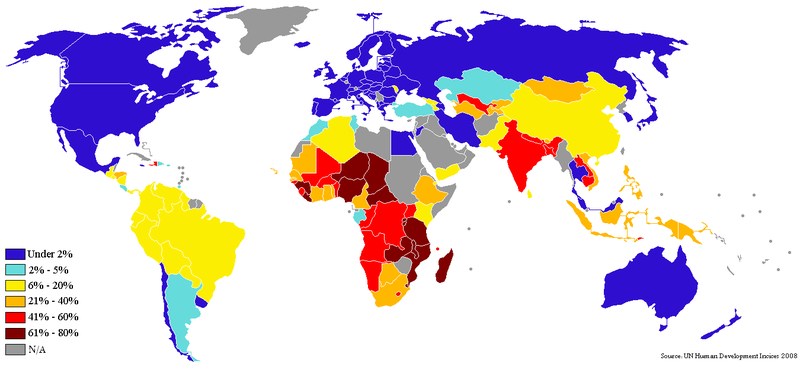Is it really a question of Rs. 32/26?
If you follow news, you must surely have listened to or read the poverty line arguments. Defining poverty is a challenge and I don’t think anybody can answer the more pressing question, how to solve India’s poverty problem. At a job interview, I was asked the same question. An American educated in his forties who was interviewing me asked, ‘What solution do you have to solve India’s poverty problem?’
Heck, I don’t know. If I knew the answer to that question, I wouldn’t be appearing for the interview. I would publish it, take it to the government and win the Nobel prize. Anyhow, poverty is relative like happiness. I may have a Santro car but if my neighbour has a Mercedes, I am poorer than him. In spite of the apparent difficulty in defining poverty, some sort of benchmark is necessary otherwise how would you target or identify who should get what. I am unable to understand why under pressure from all fronts, there have been reports that the poverty line won’t decide who gets the government subsidies. I mean why waste time on poverty line estimates if that’s not what will be the basis of the government’s policies. What is the point in having a poverty line then, just to have an extra G.K. question for examinations?

Another colossal mistake would be to change the Rs. 32 to something higher. One should not keep changing the benchmark merely because people don’t agree to it. If we change the benchmark too often, we won’t be able to compare. We should be interested in finding out by how much has poverty decreased or increased compared to previous years. It can’t be worked out if the benchmark keeps changing everytime someone doesn’t like it.
There have been several poverty estimates and except a few almost all go into the rupee question. Merely having a certain amount of money cannot make you rich or poor. That would only guarantee some sort of minimum existence. When you only concentrate on money, you leave out everything else that makes life worth living. Health, sanitation, cooking gas, education and other aspects should also be part of such estimates. Why not make use of the MPI (Multidimensional poverty index) developed by experts at Oxford that takes into account several parameters.
Not all want rice and wheat at lower rates. I have practically lived on Soyabean for two years and it is one of the most nutritious meals. Not everyone who is poor needs food; they may need better education or better health services. The need of the hour is to spend money and resources on identifying who needs what. Do the ground research; no matter how much time or money it takes. Once that is done, the rest will follow.
Know more about Millennium Development Goals (MDGs) – Indian perspective


Good job Puskar. i appreciate you thoughts and your writing skill is really very impressive.
Thanks sir.